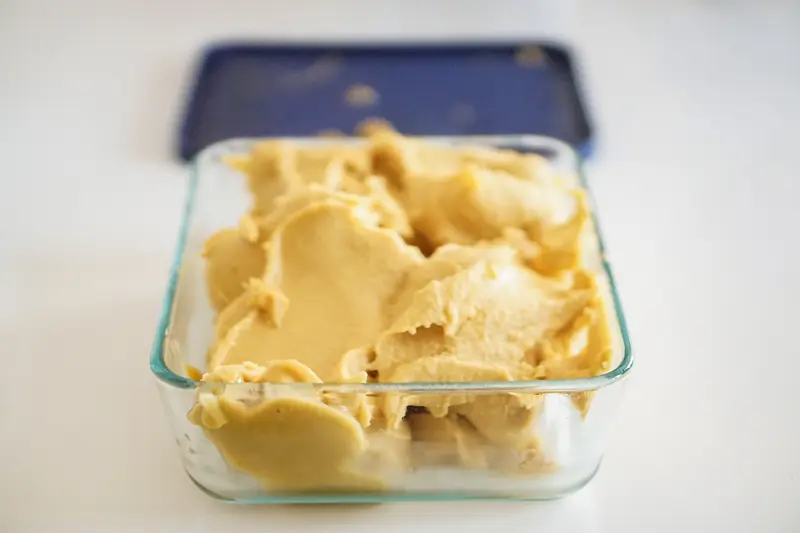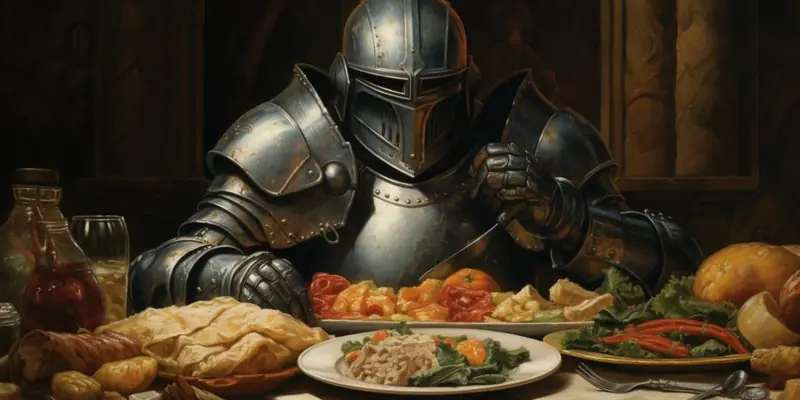
Mr. Bohdan Halonzka wakes up early. He quickly gets dressed, drinks his coffee, hurriedly checks the news on his smartphone, and rushes off to work. After all, he has a demanding employer: Mr. Bohdan works in the kitchen of the Grand Master of the Teutonic Order! True, today all that remains of the once-mighty rulers of the Order are statues in the courtyard. But if even one of the Teutonic masters were to taste Mr. Bohdan’s dishes, he would surely be satisfied and forgive him all his sins!
Modern life doesn’t interest Mr. Bohdan much; his world revolves around Malbork Castle, a structure built in honor of Saint Mary, the capital of the great masters, the heart of the Teutonic Order, located in the Pomeranian Voivodeship of Poland.

Bohdan Halonzka, chef in the kitchen of the Grand Master of the Teutonic Order
Malbork – Castle, Museum, Restaurant
The Teutonic Order (Order of the House of Saint Mary of the Teutons in Jerusalem), like many militant knightly orders, emerged in the Middle Eastern city of Acre during the Third Crusade. The Teutons quickly gained fame, authority, and considerable wealth and possessions throughout Europe – from Nuremberg to Venice.
The Order arrived in Poland in 1231 at the invitation of Polish King Conrad I of Masovia, who sought protection from the raids of the Prussian pagans and promised to preserve the territories captured from the Prussians. Naturally, fighting the infidels was a holy cause! As a result of prolonged wars, the entire region of Prussia and Livonia fell under the Order’s control.
The role of the Order in Polish history is hard to overestimate, although it was quite ambiguous. Despite everything, the Teutons protected Polish lands from invasions, built mighty castles, and brought with them the most advanced weaponry and military science of the time. They also introduced chivalric culture and etiquette. And, of course, exquisite European cuisine.
In 1309, the residence of the Grand Master of the Teutonic Order was moved to Malbork Castle (Marienburg), which led to significant expansion and reconstruction. The castle was developed over the next century and ultimately transformed into one of the largest brick castles in the world. In fact, it was a whole castle complex the size of a small town. At its peak, around 3,000 residents lived in the castle. Today, this magnificent Gothic structure is listed as a UNESCO World Heritage Site.
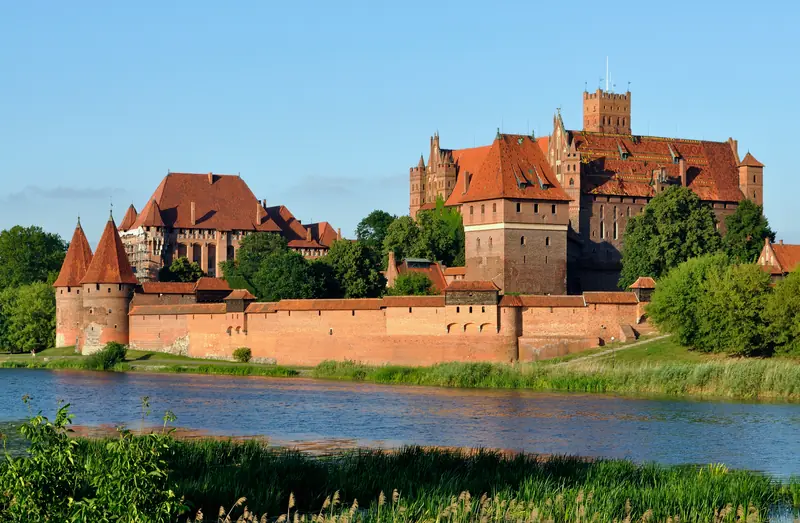
Malbork Castle
As long as the Teutonic knights were holding back the raids of the Lithuanian Samogitians and baptizing the Prussians with fire and sword, everyone was satisfied. But eventually, the Teutons began to conduct small “crusades” into Polish territory, without any grand declarations, seizing lands from the Polish crown. Relations with Polish kings, local feudal lords, and the populace soured completely. The once-heroic crusaders were now referred to as nothing less than a “band of knights” and “knight dogs.” Only the alliance of Poland with Lithuania and a large military coalition of Eastern European lands put an end to the reign of the brazen “defenders” at Grunwald in 1410.
Malbork Castle was never taken. However, the knights eventually abandoned it, and it passed into the possession of the Crown… The most devastating blow to the castle’s buildings came during World War II: the massive fortress was left in ruins. But after the war, the castle was restored, with the ancient cathedral featuring a statue of the Virgin Mary being the last to be rebuilt (in 2016), after which Malbork was ceremoniously added to the Register of Museums of Poland. In fact, several museums and individual exhibitions are located on the castle grounds, as well as a themed historical restaurant, whose fame has spread far beyond Poland.
Mr. Bohdan Halonzka’s “Gothic Cafe & Restaurant” began in 2007 as a small cafe to complement the local historical festival. At that time, Mr. Bohdan had no idea that the enchanting castle would draw him in completely and become the essence of his life.
Medieval Cuisine: Wonders and Stereotypes
Mr. Bohdan has shattered many stereotypes – both culinary and pseudo-historical. For instance, the key to a successful medieval cuisine restaurant is “medievalness” in everything: wooden tables, heavy trays, clay dishes, woven tablecloths, ancient garments… However, this romantic format may work well as a one-time attraction, as not every visitor prefers to eat an entire roasted boar with their hands while dressed uncomfortably.
A restaurant must operate continuously. Therefore, the interior of “Gothic Cafe & Restaurant” is stylish and minimalist, with a subtle medieval accent. The presentation of the dishes is almost classic. All the Gothic elements are concentrated in the recipes.
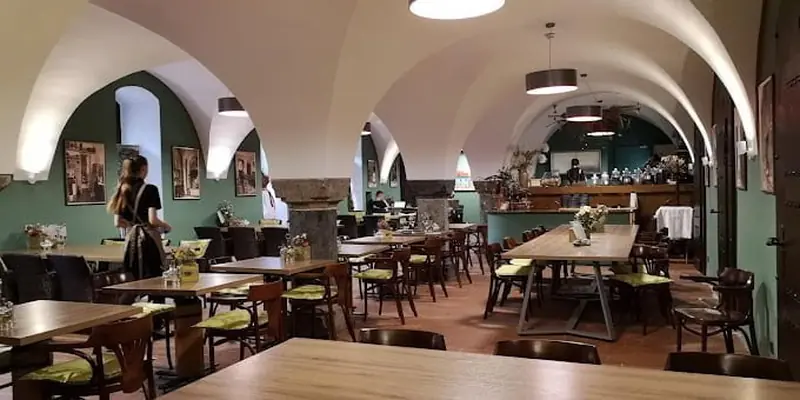
“Gothic Cafe & Restaurant”
Mr. Bohdan is saddened by the persistent belief that medieval cuisine was simple, almost reduced to roasted meat and bean soup.
This notion is usually held by victims of culinary shows at the aforementioned themed festivals and fans of pseudo-historical pop culture. In reality, Gothic cuisine was quite diverse, but – different. Both in terms of ingredients and preparation methods. Some products familiar to us (potatoes, sweet peppers, sunflowers) would not arrive from the New World for another 300 years. Others (spinach, cauliflower) only appeared after the Crusades and were considered expensive exotic items. Therefore, lard with pickled onions, sweet beets, saffron (which was worth its weight in gold), and cauliflower fried with bread in lard were considered delicacies worthy of knights. Sugar was expensive; even in the master’s castle, honey was more commonly used. Boiled dishes, baked goods, and stews were just as popular as roasted meats. Whole carcasses on spits were only roasted for holidays.
Sometimes one hears nostalgic claims that in ancient times there was a healthy national cuisine, with no sushi-pizza or other borrowings from the age of globalization. But the Teutonic Order itself began its endeavors in the Middle East, and its castles towered in many countries of Western and Eastern Europe. Thus, the recipes varied widely. Mr. Bohdan does not limit himself to just Polish recipes from Malbork, paying homage to the rich culinary geography of the Order.
Sometimes one might hear the opinion that the members of the Order, while not exactly classic monks, were still knight-monks, and therefore their menu should have been quite ascetic. This is certainly not true for the Teutons! In this regard (and not only in this), they remained primarily warriors, and by no means monks…
Mr. Bohdan romanticizes and idealizes his heroes a bit: he believes it is important to remember that the Teutonic Order was, in fact, a state, and Malbork was its capital. A capital that was splendid and magnificent, meant to glorify the Church…
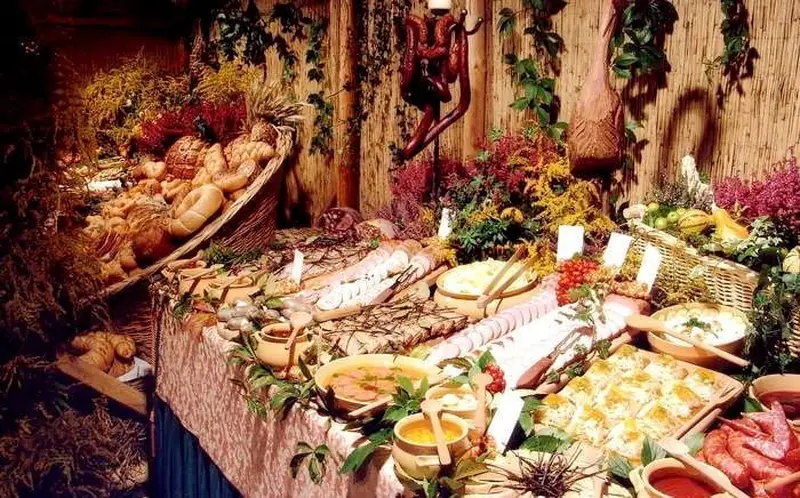
The Order itself lacked for glory: in the Grand Master’s rose garden, the fragrances of Damask roses wafted, and in his garden were giant saffron plantations; rare animals were brought to his menagerie, the Order’s granaries were always overflowing with grain, the treasury with gold, and the chests with silver goblets. Once, King Casimir III of Poland, upon visiting the castle, was struck by the splendor and sheen of the Grand Master’s residence and the elegance of his table. It was Malbork that influenced the tastes of the royal court, not the other way around…
There were no fewer than five kitchens in the master’s castle. Additionally, there was a grand dining hall of 500 square meters with stained glass windows, chimneys, columns, and… heated floors, along with numerous smaller dining halls. The castle constantly hosted receptions and banquets for both knights and guests. At these banquets, no fewer than 12 varieties of wine from various corners of the world, 20 types of beer, and 11 kinds of bread were served.
Knights’ Tastes
In preparing his extraordinary dishes, Bohdan Halonzka draws inspiration from the Order’s cookbooks, such as the “Königsberg Cookbook Manuscript” and the “Royal Cookbook,” which he memorized in the very first year of the restaurant’s operation. There is much of interest to be found in the records of the Malbork treasurer – at least information regarding the rather exotic tastes of the knightly brotherhood. While studying them, Mr. Bohdan once stumbled upon a record about the purchase for the Christmas feast… of beaver tails for 22 hryvnias (one tail – 1 hryvnia – about 200 grams of silver), but in this case, the chef decided not to experiment :-).
And what about the almond sauce for black chicken! It probably referred to the very expensive and still sought-after black-skinned chicken, which has delicate dark meat – the crusaders were able to bring these birds from the East.
On the other hand, the gourmet knights enjoyed ordinary… pancakes (though there were at least ten types of dough for them) or pike aspic and eggs stuffed with liver.
It is believed that in the Middle Ages there were no exquisite sweets, except for dried fruits, marzipans, and sweet pastries. But not among the Teutonic knights!
Mr. Bohdan asserts that the Order’s cookbooks even contain panna cotta (under the name “three-colored jelly”) – perhaps the recipe for this delicacy was brought back by the knights from Venice. The Teutons also enjoyed saffron ice cream and Persian pudding.
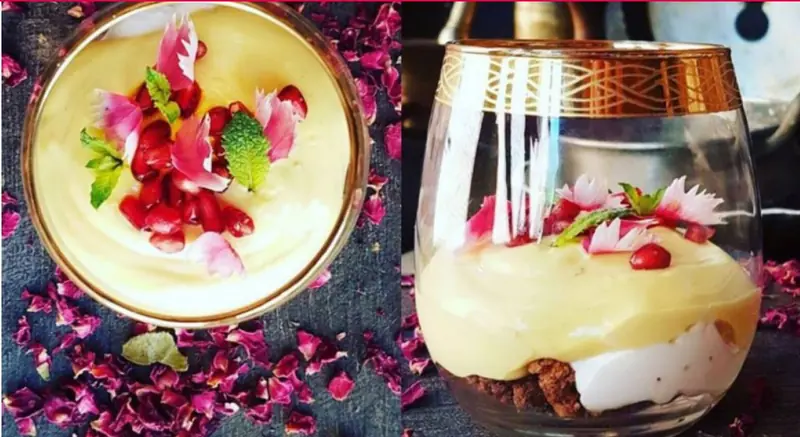
As for preservation, there was no room for frills. Professional warriors preferred meat – beef and pork. The castle’s cellars were filled with barrels of meat preserves of all kinds: meat was dried, salted, smoked, and marinated in a mixture of mustard, white wine (vinegar), and honey, or covered in pure honey and salted lard. The knights also adored lard, ham, and sausages. During Lent, they prepared fish sausages, bread, mushrooms, and boiled grains.
All this mentioned medieval luxury can be tasted in Mr. Bohdan’s modern restaurant, where the passionate chef often comes out to greet guests and share the story behind each dish.
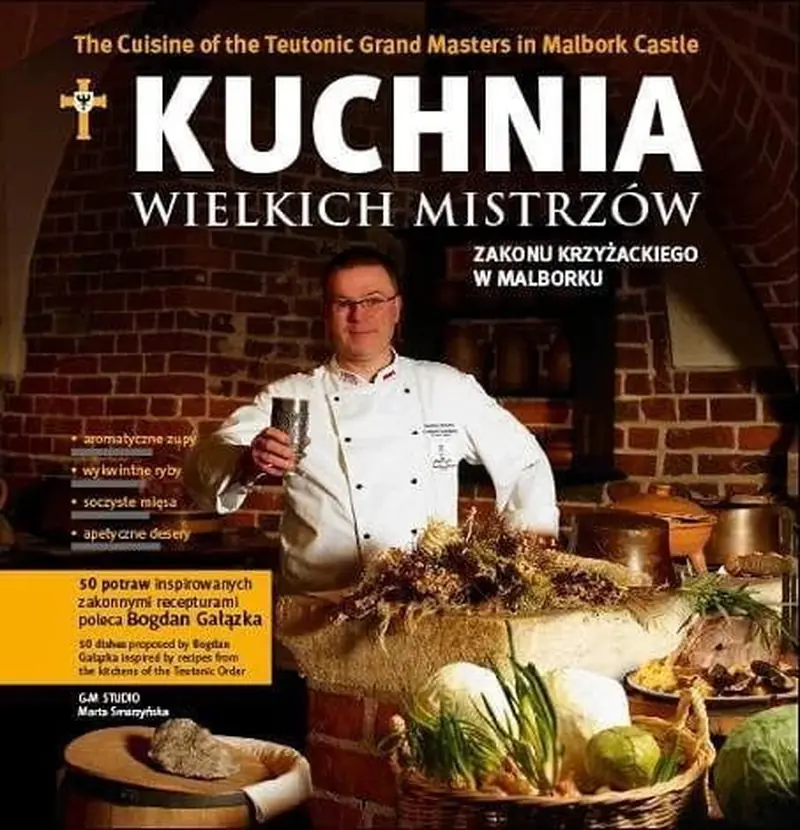
“The Kitchen of the Grand Masters,” Bohdan Halonzka
Does he adapt medieval recipes to the tastes of modern gourmets? Of course! After all, Mr. Bohdan is an experienced chef and understands that the main thing in a restaurant is the visitors. Does he change ancient recipes beyond recognition? Certainly not! There are still two other restaurants in the castle with modern menus, and guests come to “Gothic Cafe & Restaurant” specifically for the history.
Mr. Bohdan has also published three books: “The Kitchen of the Grand Masters” (Kuchnia Wielkich Mistrzów), “The Kitchen of Polish Kings” (Kuchnia Królów Polskich), and “The Taste of Gothic” (Smak Gothicu). Now he plans to create a full culinary tour of the castle, for which he has completed tour guide courses. Knowing his determined nature, one understands that this tour will not be the end of it, and we can expect the emergence of a new museum or museum-restaurant in the castle…
And now, a few knightly recipes:
Teutonic Chicken
- 1 kg chicken (preferably wings and drumsticks)
- 2-3 apples
- 200 g wine
- 1-2 tbsp honey
- 1-2 tbsp mustard
- ½ tsp marjoram
- ½ loaf of white bread
- 200 g milk
- 1 egg
Cut the apples and sauté them slightly. Soak the bread in milk with the egg. Rub the chicken with spices, garlic, honey, and mustard. Mix the chicken with the apples and bread, and pour the wine over it. Bake in the oven for 30-40 minutes.
The only unclear part of the recipe is the inclusion of bread: from a modern perspective, it seems unnecessary…
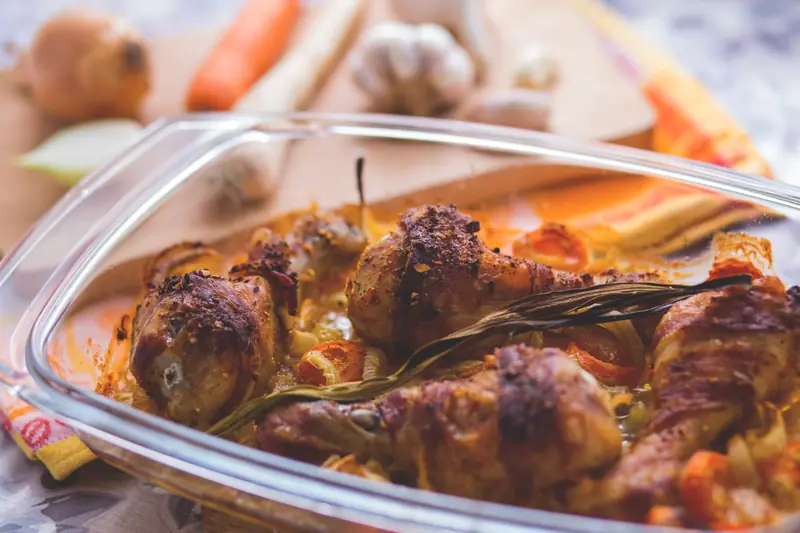
Green Walnut Sauce
- ½ bunch of dill
- 300 g cottage cheese
- 1 kg of chanterelle mushrooms
- 150 g butter or cream
- Hazelnuts – to taste
- Garlic – to taste
Chop the mushrooms and sauté them, mince the garlic and nuts. Finely chop the dill. Mix all the ingredients. The mixture can be used as a sauce for chicken and roasted vegetables or as a spread on toast. Nowadays, it is also enjoyed with tomatoes.
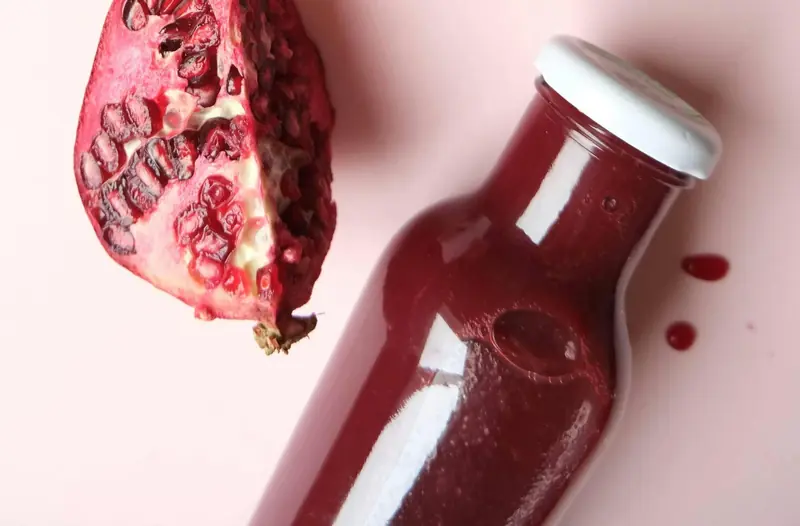
Saffron Ice Cream
- ½ l milk
- ½ tbsp sugar
- 2 tbsp cream
- ¼ tsp saffron
- ¼ cup rose water
- 1 tsp salep powder (the root of the orchid)
- Pistachios
Steep the saffron for 20 minutes. In a pot, combine the milk, cream, rose water, and steeped saffron. Separately mix the sugar with the salep powder. Gradually add the mixture to the milk with saffron. Place the finished mixture in the refrigerator for 30 minutes. Then stir and freeze for 3 hours, stirring occasionally. Sprinkle the finished ice cream with pistachios.
